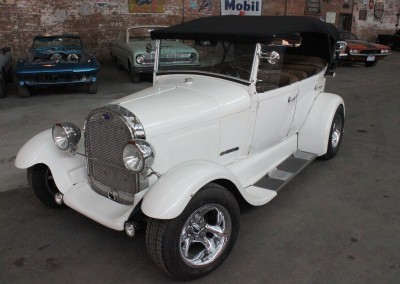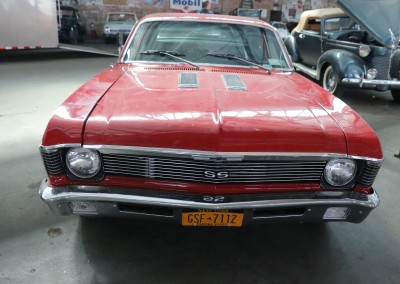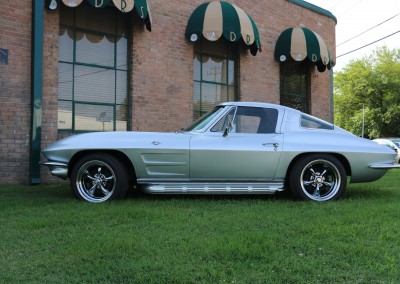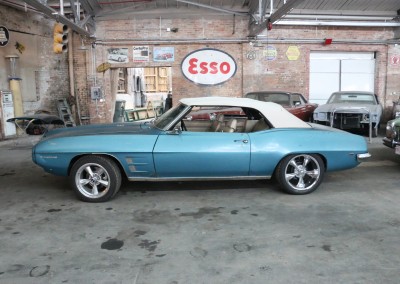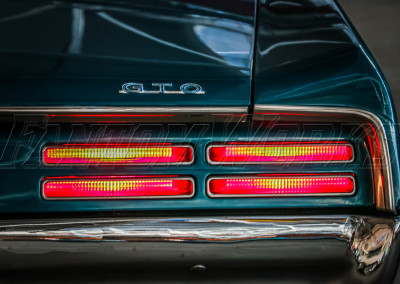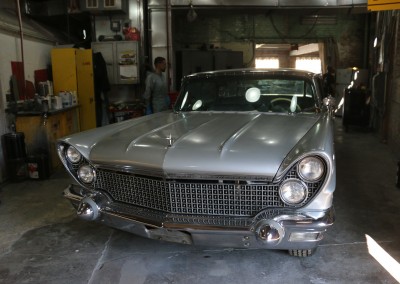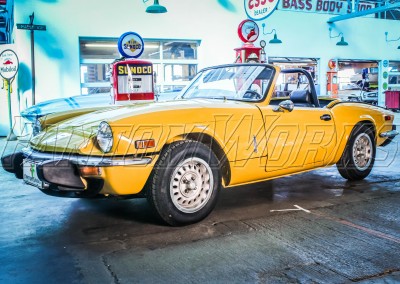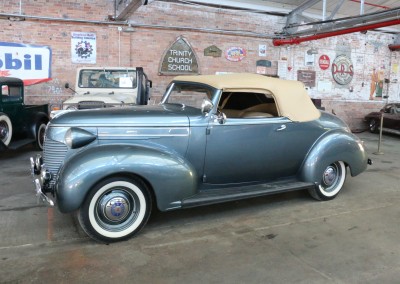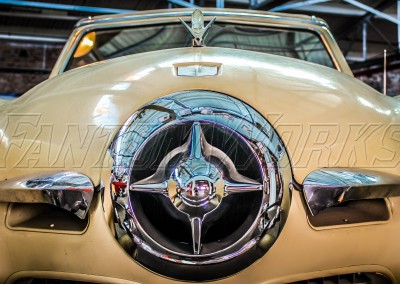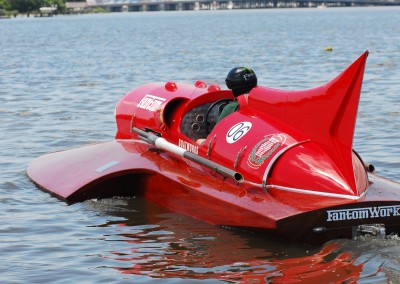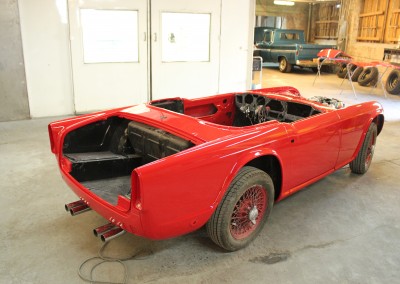1977 Triumph Spitfire

As seen on Season Three of FantomWorks
Owner Insight Coming Soon!
Explore the Project Galleries
Arrival
Mechanical
Detail & Trim
Finish
The history of Triumph cars dates back to 1923, although before that time, the company already made bicycles and motorcycles. During the 1930’s, Triumph produced a number of sporting and fairly expensive cars, which were not marketed very successfully. High costs, too many models and comparatively slow sales led to bankruptcy and a takeover by a steel making group in the late 1930’s.
The Triumph Spitfire, as the production car was to be called, would be built on a backbone chassis-frame, based on the Herald frame, but shortened by 8.5″ (216mm) and without the Herald’s side members. This enabled the designers to make the car much lower, as the seats could be placed at the side of the chassis instead of on top, like in the Herald. The lack of side members did call for the use strong structural sills. The engineers had also learned from criticism about the flexibility of Heralds on the road. This was due to the fact that Herald bodies were largely bolted together – a feature still loved by restorers today, but a source of early quality problems in the days of production. It was decided to give the Spitfire a completely welded body, attached to the frame by twelve bolts. The very useful Herald feature of a bonnet that consisted of the complete front part of the car hinging forward was retained on the Spitfire design.
Read more about Triumphs at: http://www.triumphspitfire.nl/spithistory.html













